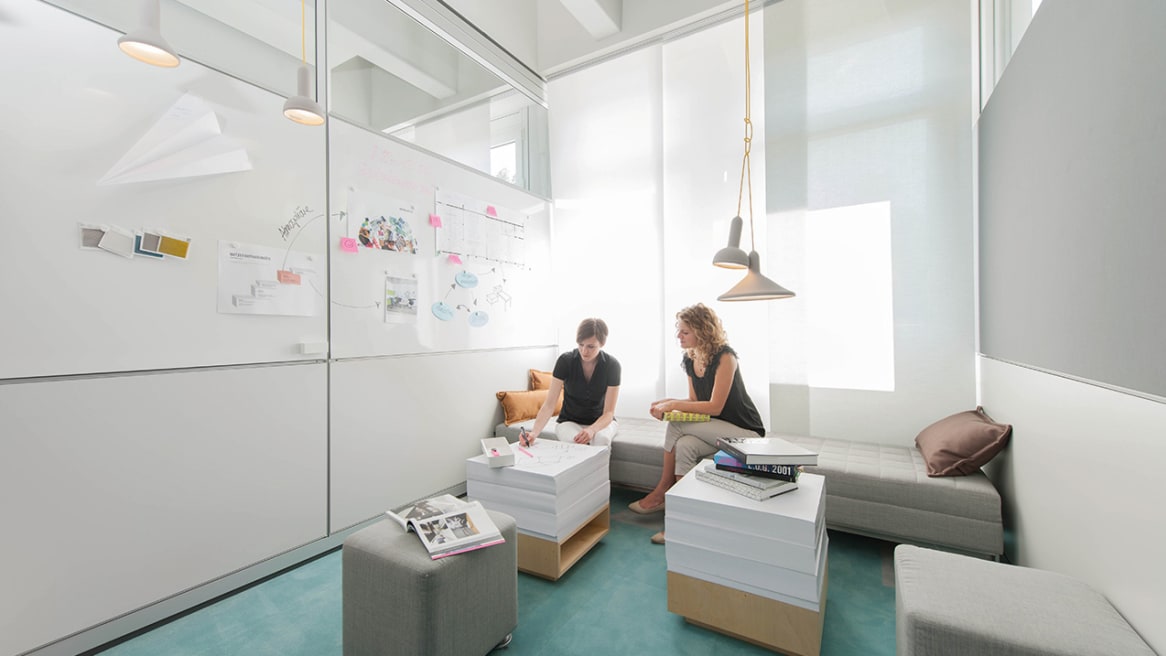Why Employee Engagement Matters
When I was a child at large family gatherings there were two tables: one for the grown-ups and one for the kids. As kids, we did not get to choose where we sat or even what we ate—the grown-ups made those decisions for us.
Those of us who were assigned to the kids’ table were not exactly engaged in the whole family dinner experience. We either goofed around or just put up with it until dinner was over and we could go home and play. Sound familiar?
Fast forward a decade or so, and many of us find ourselves in a similar situation at work. Often times we are told where to sit, what to do and how to do it. We constantly have to deal with the many distractions that can pop up at work and have no place to go to get away and focus.
Unfortunately, for a significant population of the world’s employees, work is something they simply put up with until it’s over and it’s time to go home and play.
That’s because so many employees are disengaged. And it’s a huge problem for businesses and other employees. Disengaged workers are often doing just enough to avoid getting fired. They can drag down teams and cost the company time, money and opportunities.
There are many reasons people become disengaged, or not. At Steelcase, our research has shown that the physical environment shapes people’s beliefs and behaviors, and we wanted to understand how the workplace impacts engagement, and what kinds of changes can make a difference. So we partnered with global research firm Ipsos to conduct a study in 17 countries with over 12,000 office workers. We asked questions about their physical environment, such as the type of space they work in, the culture of their organization and what their experience is like at work.
We learned that 37%—over 1 in 3 employees—are disengaged. At the opposite end of the spectrum, 34% of workers are engaged, and 29% are in the middle-ground. It’s a pretty precarious balancing act for organizations to keep disengaged workers from effectively canceling out the efforts of their highly engaged counterparts.
“We wanted to understand how the workplace impacts engagement, and what kinds of changes can make a difference.”
Christine CongdonEditor, 360 Magazine & Director, Global Research Communications
The good news is our research confirmed that the workplace can help tip the balance in the right direction.The data showed a correlation between how satisfied people are with their workplace and how engaged they are. In short, people who were happy with their office tended to be more engaged. But the people who hated their office, tended to be more disengaged.
The research also identified ways to design offices so that people can feel better about their workplace. Comparing the differences between highly engaged and the highly disengaged workers, we saw a pattern: employees who have more choice and control over their work experience are more engaged.
For example, highly engaged workers are typically able to choose where to work in the office based on the task they are doing—they aren’t tethered to their desk.They can control their need for privacy, concentrate easily and work with their teammates without disruptions.Their workplace supports movement throughout the day and working in a variety of postures.
The workplace should be designed to give employees choices and enable them to have a higher degree of control over their work experience. It can help people feel like grown-ups, and in turn be used as a strategic tool for organizations to help improve engagement levels.
Engagement at work is a complex topic with a lot of variables. And of course, simply redesigning your workplace is not going to solve every engagement issue. But we all know what it’s like to walk into a place where you feel energized and inspired to do your best work. Wouldn’t it be great to have that kind of experience, at least most of the time, at work?
I remember the first Easter dinner when I got to sit at the grown-ups’ table. I sat up a little straighter, and was on my best behavior. It felt great that someone trusted me enough to make good decisions.
Isn’t it time to give everyone in the organization a seat at the grown-ups’ table? According to our study, it can have a very big impact on employee engagement.
Introducing New Research on Engagement + the Global Workplace
1/3 of workers in 17 of the world’s most important economies is disengaged, according to new research from Steelcase. Working with global research firm Ipsos, the Steelcase Global Report is the first to explore the relationship between engagement and the workplace.


